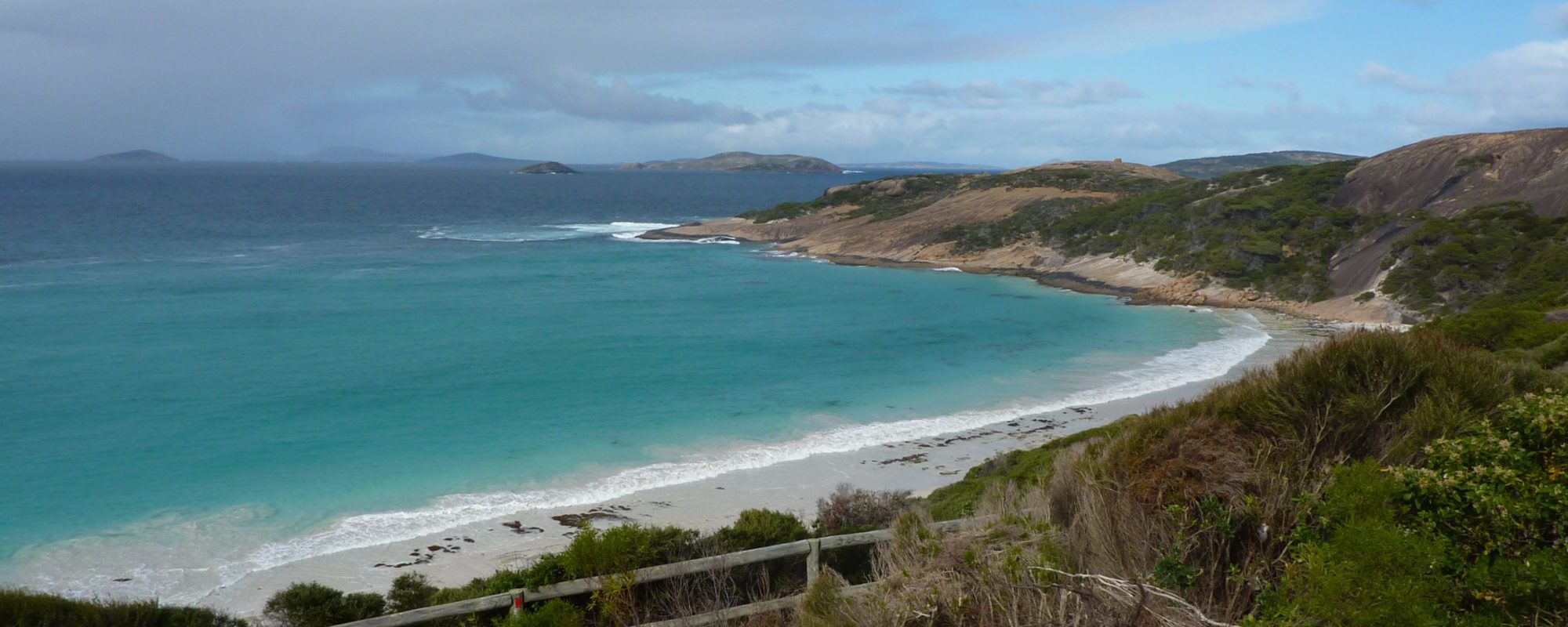 Founding fathers
Founding fathers
Esperance was first discovered by the Dutch, then the French, the English, the Americans and then the Belgians. Initially visited by Dutchman Pieter Nuyts in 1627, information collected on this visit formed the basis of his important memoir. Published 1718, the memoir highlighted the Esperance area as “one of the most habitable, most rich, and most fertile parts of the world”.
Back in those days, nothing moved very fast and it took another 165 years to find the place again. In 1792, Frenchman D’Entrecasteaux arrived, sailing the Recherché (Research) and accompanied by the Esperance (Hopeful Yearning). Anchoring for shelter alongside one of the area’s 138 islands, D’Entrecasteaux wrote in his journal: “I decided to give the harbour the name of ‘Esperance Bay’, that of the first frigate to enter it”. He then proceeded with some preliminary mapping of the area.
Ten years later Englishman Matthew Flinders visited Esperance. Unimpressed by the Frenchman’s mapping efforts, he decided to do the job property. As Flinders commented in his journal: “The French Admiral had most likely skirted around the archipelago, a sufficient reason for me to attempt passing theory the middle”. Flinders’ mapping was certainly in greater details and he named many of the inlets and bays in the area. His survey was the only one used right through until 1897.
Re-discovery
More recently, Esperance was “re-discovered” with a blaze of publicity (from 1956) from Art Linkletter, David Rockefeller and Robert Montgomery. Many of the locally and internationally-owned farming showplaces around Esperance prove that investors, when using established farming techniques developed by Australian farmers and scientists, can follow a safe path to success.
Now well into its period of most remarkable development, the town is ushering in a well-balanced, multifaceted, prosperous future. Its international background carries through to the present where Australians, at work or at play, finds themselves side-by-side with people from all parts of the world.
Esperance is perhaps Australia’s most vigorously growing international hybrid community.
Esperance regional growth 1954 1961 1980 1993 2011
Number of farms 40 570 1,110 689 —
Population 1,087 2,285 9,500 10,325 9,919 14,478 (2015)
Farm area (hectares) 106,666 577,223 1,080,732 1,237,200 1,726,971
Seeded pastures (hectares) 6,677 101,174 518,383 829,200 —
Esperance — natural port and vacation centre for West Australia’s vast goldfields and base metals shipping region
Shipping 1980 1993 2016
(a) Total tonnage exports 425,859 716,989 14,465,367
(b) Total tonnage imports 198,729 287,749 794, 299
(c) Total iron ore exports — — 11,749,316
- In 1993 a new dimension was added to Esperance with the announcement of the proposed iron ore exports of 1,500,000 tonnes per year.
